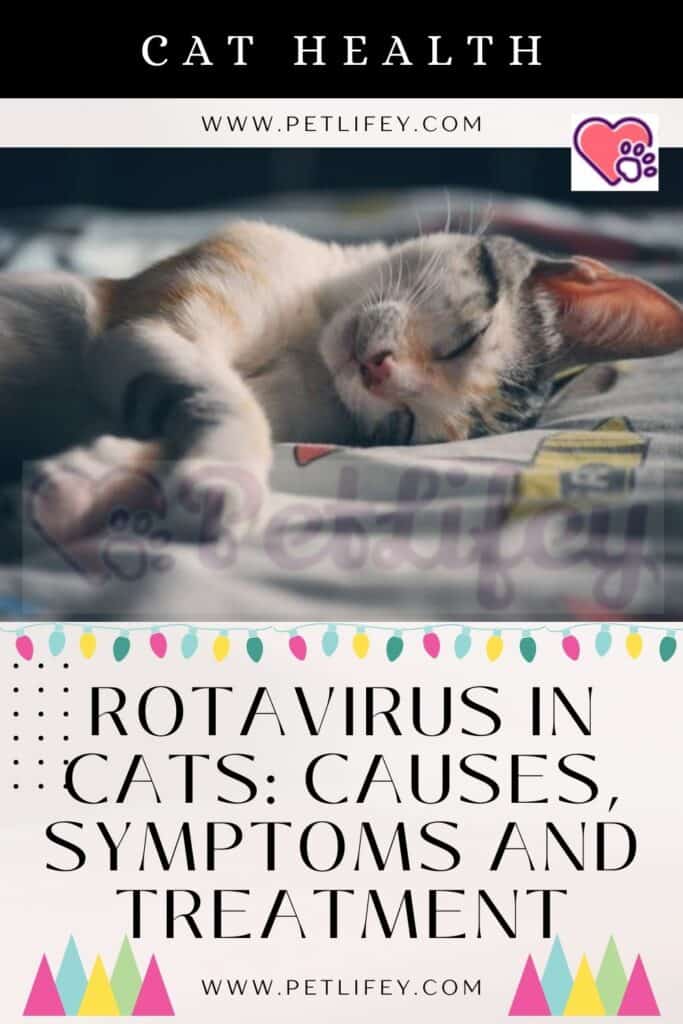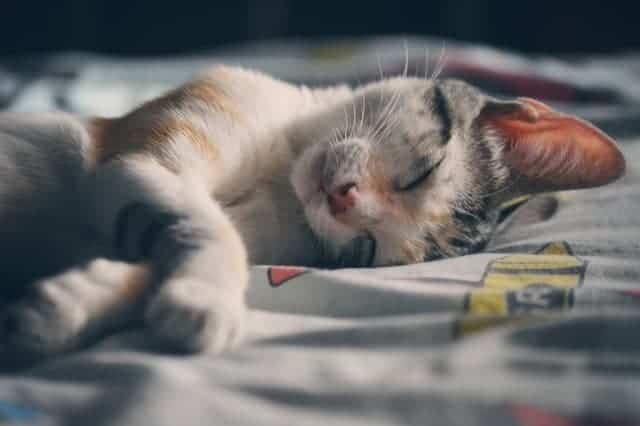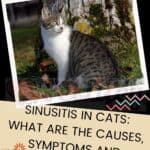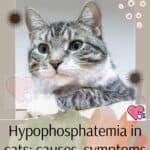
Highly contagious, rotavirus in cats is a virus that should not be underestimated. Let’s find out the causes, symptoms and how to cure cat.
The infections that can affect the feline world are truly many: feline leukemia and viral rhinotracheitis, feline calcivirosis and infectious peritonitis, and many more.
All triggered by a specific virus: some very serious and incurable that can cause death, others that can be easily “annihilated” thanks to specific treatments and above all thanks to vaccination.
Another virus that creates numerous “discomforts” in cats and that if not treated promptly can be fatal, especially if more vulnerable, is the rotavirus. Let’s find out what rotavirus in cats consists of, what are its causes, symptoms and how to best treat cat.
Rotavirus in cats: what it is and what causes it
Rotavirus is a very contagious biological agent that causes inflammation of the stomach and intestines, and in severe cases creates a serious dysfunction of the intestinal walls.
Although much more frequent in dogs, rotavirus is also found in the feline world, and especially in a more vulnerable cat. In fact, very young cats, elderly cats and even the immune suppressed are more likely to be infected with this virus.
In some cases a cat can be a carrier of rotavirus but not show any type of symptoms (a circumstance that makes the infection much more dangerous). The main cause of rotavirus in cats is the transmission of this highly infectious virus from cat to cat through :
- Ingestion of infected feces, but also contact with them;
- Physical contact, with paws, food but also contaminated objects (this virus is able to resist on surfaces or in the environment even up to 19 days before infecting someone);
- The respiratory tract, it may be the droplets of salive that carry this virus.
As previously mentioned there are circumstances that make this virus much more contagious, presenting very evident signs. In fact, the chances of contagion from rotavirus increase in the case in which:
- Tthe cat is very small : Its immune system is not yet fully developed, so it is much weaker than that of an adult cat;
- The cat suffers from other pathologies : Since weakened by the persistence of another pathology, its immune defenses are unable to cope with the rotavirus;
- The cat lives in poor hygienic conditions : This circumstance is synonymous with numerous other viral infections present in its organism, therefore weakened it can also contract rotavirus more easily;
- The cat lives mostly on the street: In close contact with a greater number of stray felines, which, not being vaccinated, can carry this virus and infect more easily.
Symptoms of rotavirus in cats
Not all cats, even if affected by rotavirus, show the “clinical signs” of this infection: some may be asymptomatic but still very contagious.
Generally when the cat is affected by rotavirus infection, the symptoms appear after 15 days of incubation, in practice they appear after about two weeks from the moment of contagion. Very similar to those of other viral and bacterial infections that affect the intestine, we can hardly compare them to this pathology.
Unfortunately, however, if this infection is not treated in time it can become very serious: especially if the cat is very vulnerable or debilitated it could die of dehydration. So the advice to always follow is to take your cat to the vet even when one of these symptoms , typical of rotavirus, appears :
- watery, mild or moderate diarrhea ;
- vomiting and nausea ;
- lack of appetite ;
- abdominal pain ;
- dehydration ;
- mucus in the stool ;
- fever ;
- exhaustion and lethargy .
Diagnosis and treatment

Only the veterinarian, after specific tests, will be able to understand if it is rotavirus in cats.
Symptoms, such as diarrhea and vomiting, are comparable to other diseases, some very dangerous such as feline leukemia. So during the investigation the first step that the veterinarian will take will be to exclude that it is another virus.
One of the most frequent tests that your cat will undergo is to examine a stool sample : through an electron microscope it will be able to identify the pathogen that triggered the infection and to make its definitive diagnosis.
Having ascertained that it is precisely rotavirus, it will indicate the treatment to be followed, a therapy aimed at counteracting the symptoms of this infection . In fact, the rotavirus cannot be eliminated from the body through a treatment but it does it by itself: it will be the virus that “eliminates itself” over time (this, however, only if not very serious).
The treatments that the vet will prescribe to the cat are specific to combat the symptoms , such as vomiting and diarrhea, to relieve them and gradually eliminate them, unfortunately they are not able to defeat the underlying viral cause.
The main goal of this therapy is to restore lost electrolytes and maintain a good balance of hydration : only in this way will the risk of serious complications be removed and rapid recovery will be achieved.
What does the treatment specifically consist of? In fighting dehydration (the main cause of death), then in rehydrating the cat. There are two solutions, depending on the severity of this infection:
- If the infection is “light” he will give the cat water-based liquids, with a high content of sugars and mineral salts, to be taken orally : diarrhea and vomiting cause a serious loss of mineral salts, therefore it is essential to reintegrate them;
- If the infection is severe and has caused dangerous dehydration, the fluids will be administered intravenously .
Rehydrating a cat affected by rotavirus is very important for its health, moreover in addition to this it will be essential to have it follow, during the therapy, a specific, light diet, which keeps vomiting and diarrhea at bay.
Generally rotavirus infection in a healthy cat is not very severe and resolves within a couple of days, which is different for vulnerable cats (kittens, elderly, immuno suppressed) who having a weaker immune system will take longer to heal.
If your cat is affected by rotavirus it is important to keep it “isolated” and at rest for a few days, treat it in the best possible way, with cuddles and giving it lots of fluids, and it is essential to always ensure it has a clean and above all “personal” litter (first of all easy contagion).
During this period, equipped with latex gloves, it is our task to eliminate any possible “source of contagion” : disinfecting the house, the cat’s bowls as well as its blankets or pillows and always cleaning its litter box with care are essential gestures to prevent possibility of transmission of rotavirus.
Remember that it is a very contagious infection and that it can also be transmitted to humans by “contact”.






